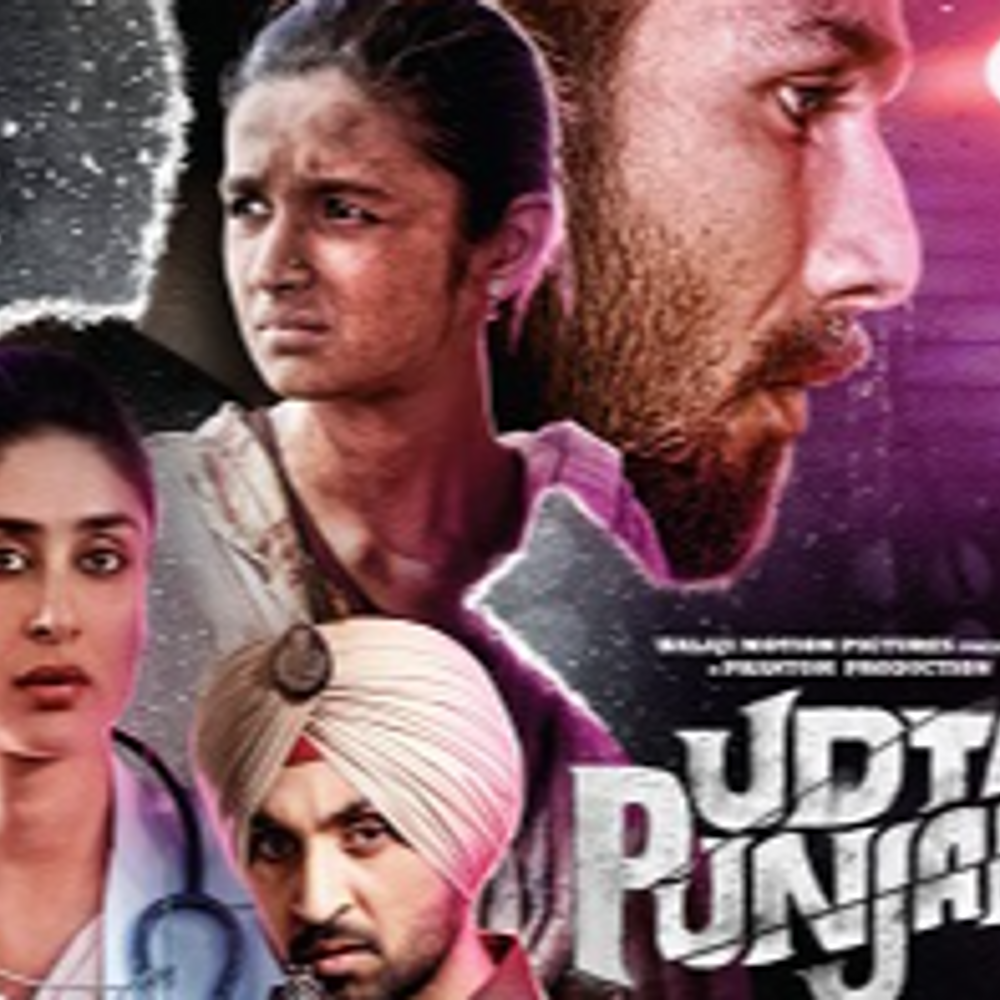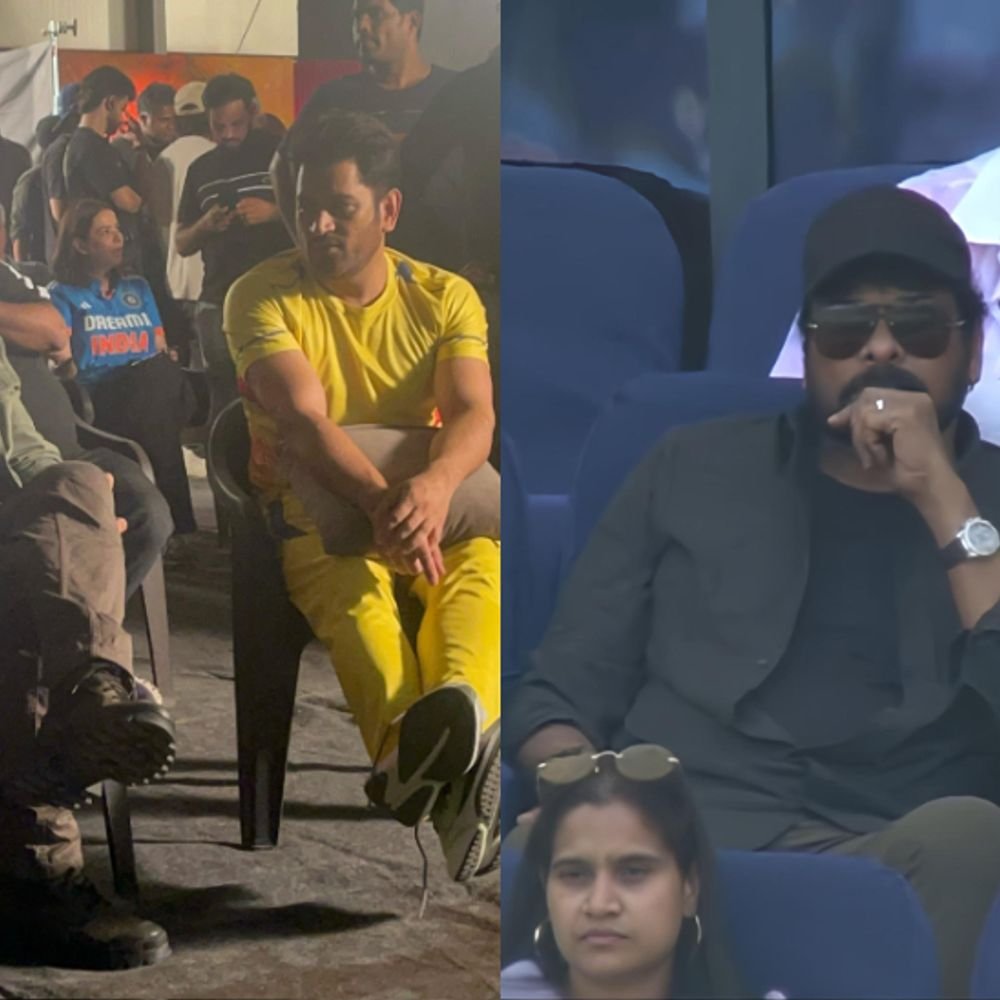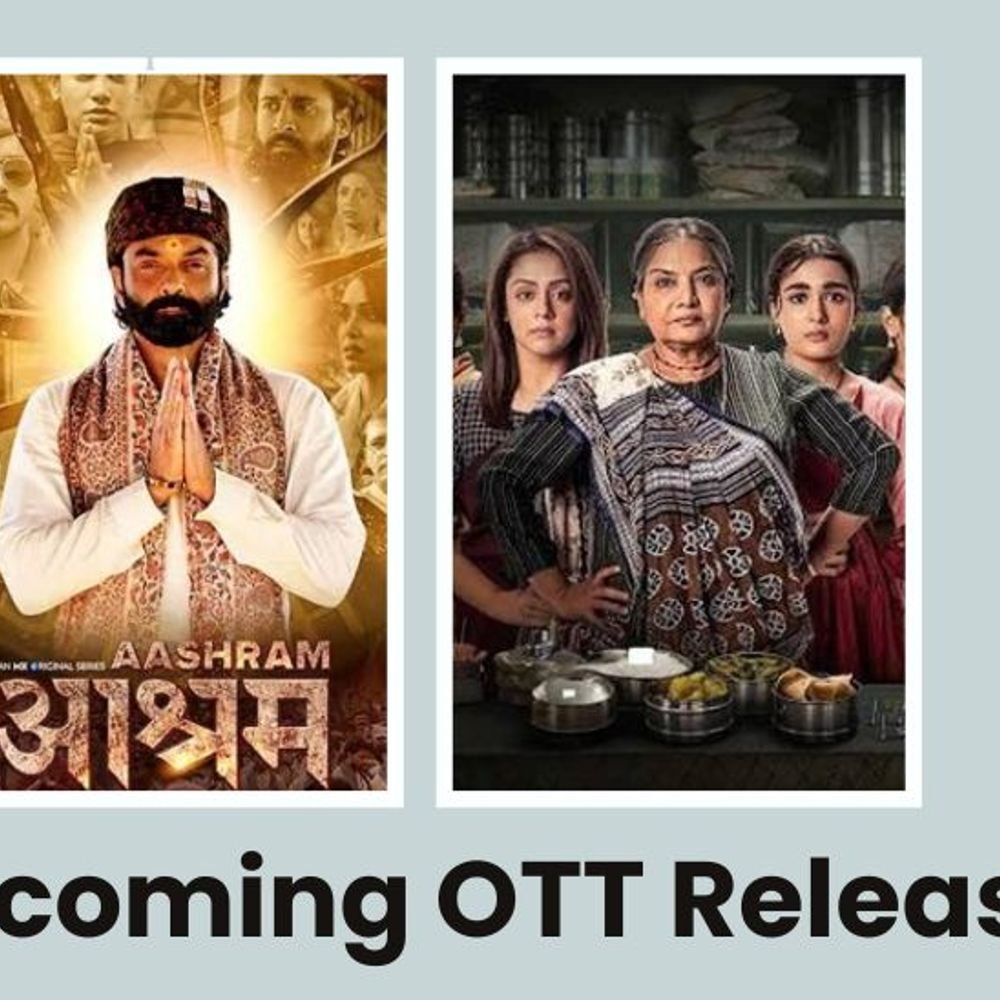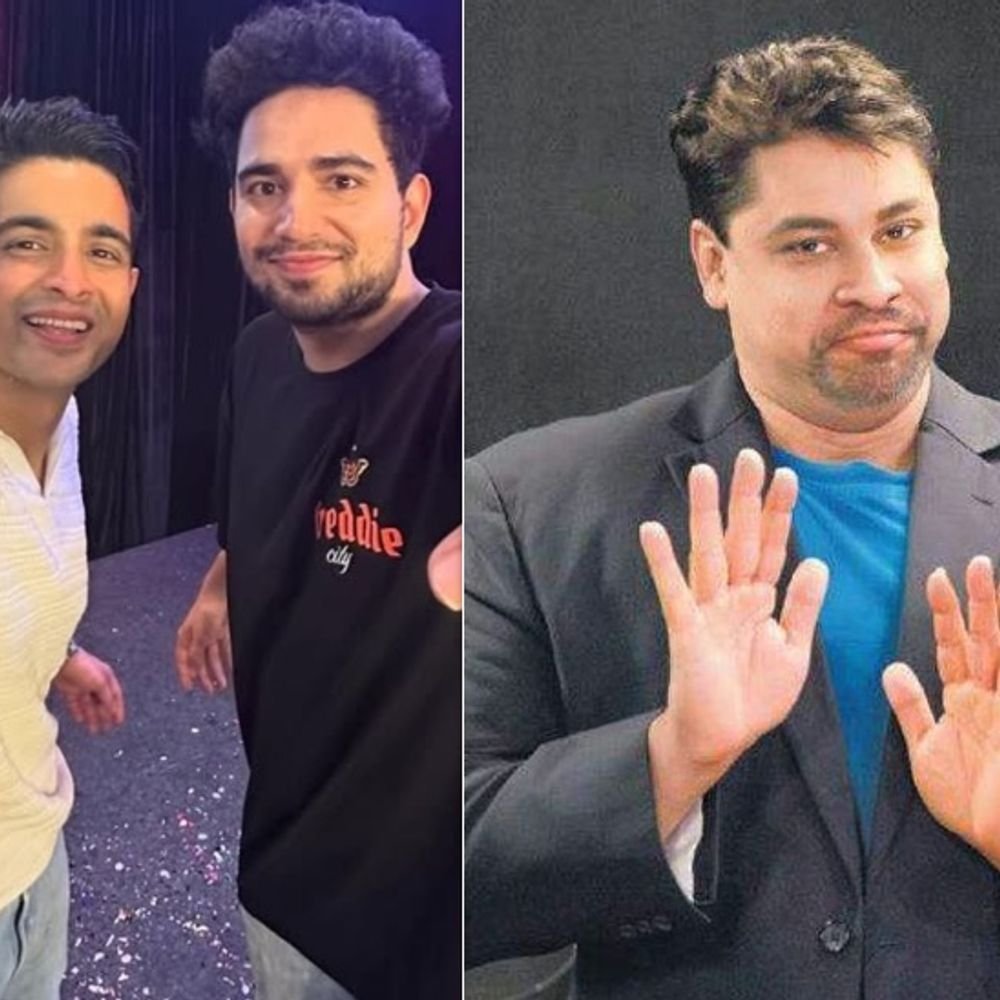Films often face censorship challenges, as seen with 'Udta Punjab' where the censor board demanded 89 cuts, though courts later allowed its release with minimal changes. In this Reel to Real episode, former censor board chairman Pahlaj Nihalani and producer Sridhar Rangayan explain the certification process and challenges filmmakers face. What is the Censor Board? The Central Board of Film Certification (CBFC) is also known as the Censor Board. It is a statutory body that comes under the Ministry of Information and Broadcasting. This organization certifies films made in India based on their content before release. This certification comes under the Cinematography Act 1952. How the Censor Board was formed in India India's film censorship began after 'Raja Harishchandra' (1913), with the 1920 Cinematography Act placing censorship under regional police chiefs. Post-independence, regional censors merged under the Bombay Board. The 1952 Cinematograph Act established the Central Board of Film Censors, later renamed CBFC in 1983. Who appoints the chairman and members of CBFC? The central government appoints CBFC's chairman and non-governmental members. Before release, films are screened to a five-member team: two men, two women, and one CBFC official. This committee reviews the content and determines which certification category the film should receive for public release. Does CBFC have the authority to ban films? While the Censor Board cannot officially ban films under the Cinematography Act 1952 and 1983 rules, it can refuse certification, effectively preventing theatrical release. As confirmed in a 2022 Rajya Sabha statement, CBFC can deny certificates if films violate guidelines, creating a de facto ban. How does CBFC work? CBFC's certification process spans up to 68 days: one week for application review, 15 days for examining committee assessment, 10 days for chairman's review, and 36 days to communicate required cuts and certification decisions to applicants. This timeline ensures thorough evaluation of films before release. The film certification body faces ongoing identity confusion between its official name (CBFC) and popular term "Censor Board," despite official clarification attempts. While CBFC enforces strict guidelines for theatrical releases, social media platforms remain exempt from certification requirements, allowing uncensored content online. This dichotomy was highlighted in the 'Udta Punjab' controversy, where courts overruled CBFC's 89 demanded cuts, emphasizing the board's role as certifier rather than censor. Filmmaker Sridhar Rangayan shares his contrasting experiences with CBFC censorship. His 2002 film 'The Pink Mirror' was banned thrice for being "vulgar and offensive" despite featuring drag queens in a comedic story. However, his later film 'Evening Shadows' received a UA certificate after explaining its non-explicit LGBTQ+ content. Rangayan advocates for modernizing CBFC guidelines, particularly regarding LGBTQ+ content, and suggests the board should focus on certification rather than censorship. He recommends diversifying the board's membership to include younger people and representatives from various communities. While supporting responsible filmmaking, he emphasizes that CBFC shouldn't act as moral police but should provide balanced, transparent oversight.Original Article by Dainik Bhaskar
Home Entertainment How films get Censor Board approval in India:From 68-Day process to court battles, the complete story behind ‘Udta Punjab’ controversy and CBFC’s limited powers
How films get Censor Board approval in India:From 68-Day process to court battles, the complete story behind ‘Udta Punjab’ controversy and CBFC’s limited powers








